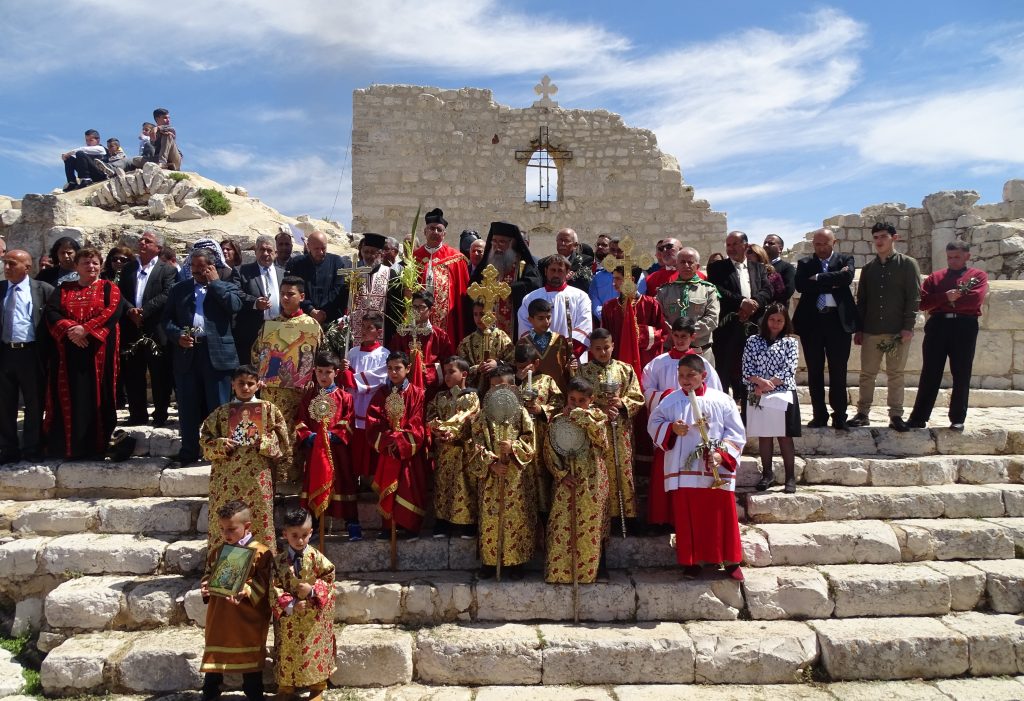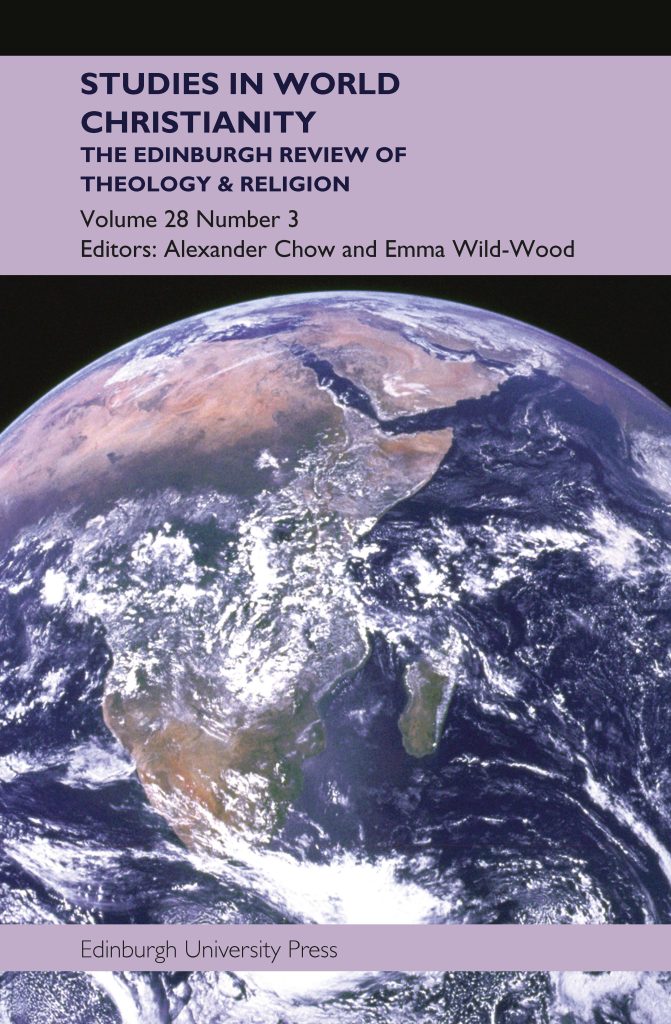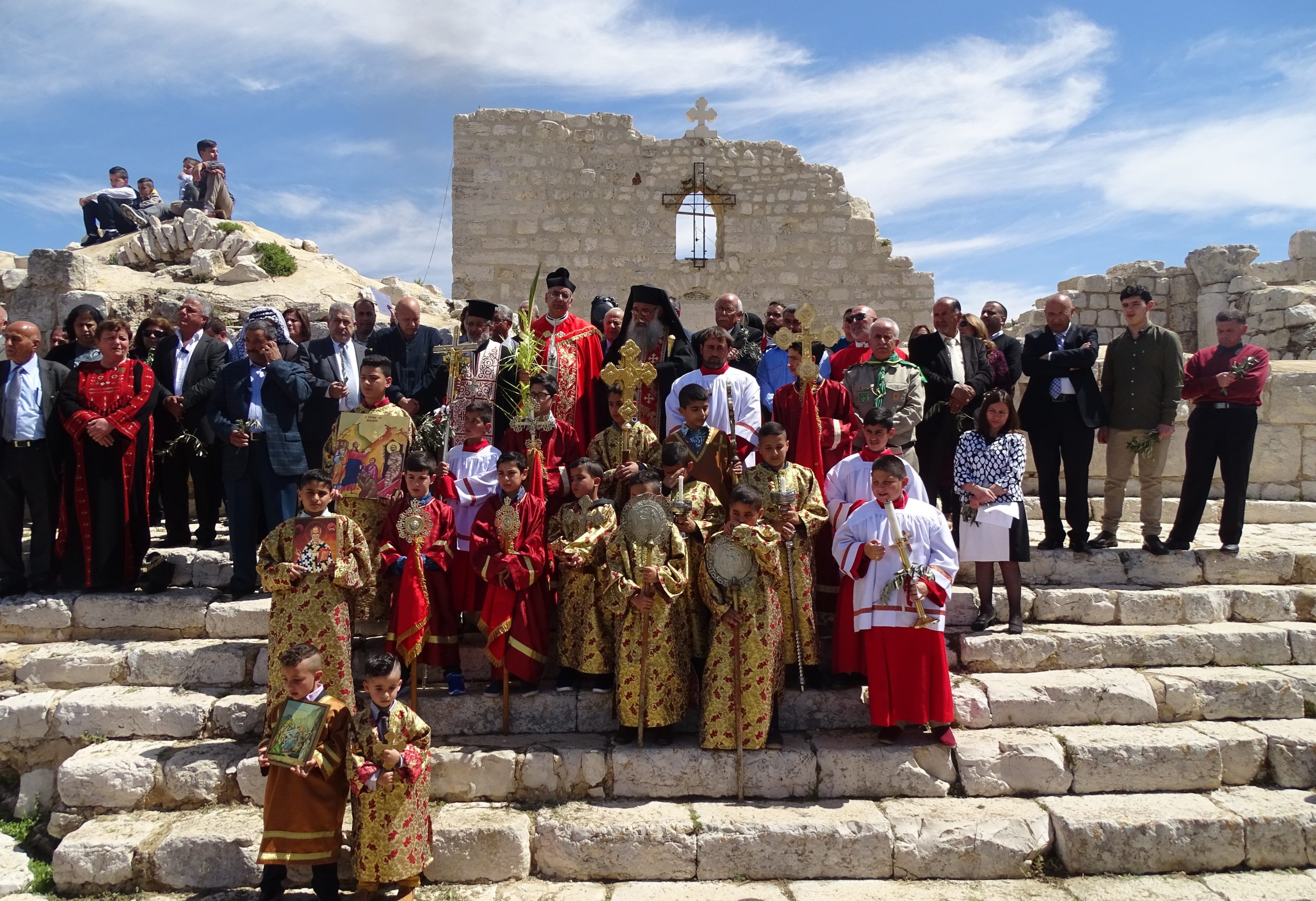
By Elizabeth Marteijn
Recent tragedies in the Middle East brought more attention to Christians living in the region. Events such as a series of popular uprisings (‘Arab Spring’) and humanitarian disasters in countries such as Syria and Iraq, have made people more aware of these Christian communities. Despite a rising recognition of their existence, a series of myths persist about contemporary Middle Eastern Christians.
In a joint effort to explore in greater detail what Middle Eastern Christianity has to offer to scholars of World Christianity, a group of scholars published a special issue for Studies in World Christianity to showcase a rich heritage and identity of the ancient yet living Christian communities in the Middle East in the modern period.
Here follows a series of myths we have debunked:
1. Christianity only mattered to the Middle East in the early centuries
As the cradle of Christianity, the Middle East was the site of some of the foundational developments in early church history: From Jesus’ birth and resurrection, and the disciples’ earliest missionary movements, to the teachings of second- to fourth-century church fathers like Tertullian, Athanasius and Augustine of Hippo.
Yet, the history of Christianity in the Middle East did not stop there. Christians remained in high-ranking positions in seventh- and eight-century Umayyad Damascus, and Christians made important scholarly contributions in eight- to thirteenth-century Abbasid Baghdad. Indigenous Christians also had pioneering roles in the Nahḍa, the ‘Arab Awakening’, the Renaissance movement in nineteenth- and twenty-century century Levant and Egypt. Nowadays there are nearly nineteen million Christians living in the Middle East, who continue to fulfil political roles, establish societal organisations, and produce theologies that help to create a society based on justice and peace.
2. Christians living in the Middle East today are converted from another religion
This is a persistent myth that draws on people’s ignorance of the previously described rich history. The misunderstanding that Christians were of little importance to the Middle East after the early centuries might lead to the false assumption that most contemporary Middle Eastern Christians must have converted from Islam or Judaism.
Middle Eastern Christians debunk this myth in several ways. Christians from Palestine, for example, describe their status as ‘Mother Church’ and ‘Living Stones’ to affirm their continuous presence in the region going back to apostolic times. Moreover, mission historians have shown that converts to newer established church denominations in the Middle East mostly came from already existing Orthodox Christian communities, and in lesser extent from Islamic or Jewish communities.

3. All Middle Eastern Christians belong to the Orthodox ecclesiastical tradition
Orthodoxy forms the majority of Christians in the Middle East. The Coptic Orthodox church is with eight million the largest ecclesiastical tradition in the region. Other traditions, including the Syriac Orthodox, Armenian Orthodox and Greek Orthodox traditions together add almost another million Christians to that number.
However, Christianity in the Middle East is marked by a far larger diversity. There is a rich tradition of Eastern Catholicism – of Middle Eastern churches united with Rome – such as the Maronite Church, the Chaldean Catholic Church, and the Melkite Greek Catholic Church, among others. Since the nineteenth century, Latin-rite Roman Catholic, Protestant and Evangelical churches have been established in the Middle East, mainly from European and American missionary endeavours. On top of that, from the 1980s onwards, expatriate communities from countries such as India and the Philippines have established Christian communities, particularly in the Gulf States.
4. As Christians are leaving the Middle East, their heritage and traditions die
It is undeniable that the percentage of Christians in the Middle East is continuously decreasing; it dropped to near 4% in 2020. The estimation is that 7.7 million Middle Eastern Christians are now living outside the region, which means that some communities have now more members residing outside the Middle East than within.
Although this is a complex reality, it does not necessarily mean a loss of tradition. Many church traditions have built a network outside the Middle East to keep the tradition alive. For example, there are three Coptic Orthodox dioceses in the United States, which compromise close to one hundred churches; and the Copts, Syriac Orthodox, Maronites and Assyrians have established global youth conferences. Likewise, churches in the Middle East itself continue to thrive liturgically and theologically, and continue to establish schools, humanitarian programs, and remain an important factor for communal identity among Christians – all of which sometimes happens with the help of their members living abroad.
5. Middle Eastern Christian communities are passive
From travel reports and photographs by late nineteenth and early twentieth century explorers, to contemporary discourses of persecution of Middle Eastern Christians, these communities often have to bear the burden of being portrayed as ‘communities frozen in time’ and as ‘suffering victims’ of violence.
This problematic myth reduces the communities as inferior to Western (Protestant) Christians. While their context is marked by many challenges, Middle Eastern Christians are more than a threatened form of Christianity or a community in need of help (from the West). The research of this special issue portrays Middle Eastern Christians as active agents of change. Together Middle Eastern Christians embody a wealth of histories, ecclesiastical traditions, cultures, languages, liturgical practices and political standpoints that keep adapting to be relevant in changing circumstances – which is demonstrated by the authors of this special issue.
Enjoy the special issue of Studies in World Christianity “Heritage and Identity: Exploring the Middle East within World Christianity”.
The issue is edited by Elizabeth S. Marteijn and Lucy Schouten, and features the research of Rima Nasrallah, Ronelle Sonnenberg, John S. Munayer, Samuel S. Munayer, Anna Hager, Sotiris Roussos and Stavros Drakoularakos.
About the journal

Studies in World Christianity promotes creative thinking and lively scholarly interchange in the interpretation of all aspects of Christianity as a world religion. Articles range in scope from historical, theological, and social scientific perspectives, exploring the rich diversity of Christian life and thought primarily in Africa, Asia, Latin America, Oceania and Eastern Europe, as well as the majority world.
Find out how to subscribe to SWC, recommend to your library, sign up for Table of Contents alerts, and submit a paper.
About the author
Elizabeth S. Marteijn holds a Ph.D. from the Centre for the Study of World Christianity, University of Edinburgh. She works on the intersection of theology and anthropology and published on Middle Eastern Christianity, Israel-Palestine, and lived religiosity.
Sign up for our mailing list!
Want to hear more about what we’re publishing? Sign up to our mailing list! You’ll be the first to hear about new books, blog posts and events.





